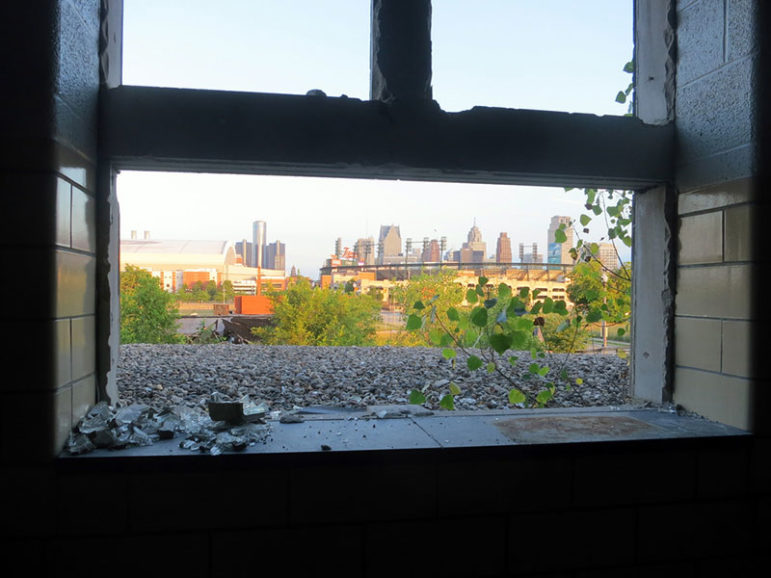
October 25, 2016; Crain’s Detroit Business
It’s been a rough few years for the city of Detroit, having filed for bankruptcy about three years ago. This could be changing now that five local foundations that helped the city bounce back have come together to show what can be achieved through collaboration and keeping a constant eye on persons served. Jonathan Aaron, president of the William Davidson Foundation, says, “We want to change the narrative from speaking in numbers to speaking in letters and sentences…what is our true impact?”
A quick look at foundation statistics on The Foundation Center’s website, arguably the best source for such information, indicates total giving, total assets, and total gifts received. However, nowhere does it mention the number of people served through the foundations’ grantmaking efforts, the positive changes communities have experienced, or, as Aaron says, the “true impact.”
Sign up for our free newsletters
Subscribe to NPQ's newsletters to have our top stories delivered directly to your inbox.
By signing up, you agree to our privacy policy and terms of use, and to receive messages from NPQ and our partners.
These newer Detroit foundations have decided to do something about that. The group includes the William Davidson Foundation, Max M. & Marjorie S. Fisher Foundation, Fred A. and Barbara M. Erb Family Foundation, Ralph C. Wilson Jr. Foundation, and the A. Alfred Taubman Foundation. While the missions of the foundations vary, the five have been strategic in forming focus areas and bringing a commitment to growth and imagination to the Detroit region. For instance, regarding Al Taubman and his foundation, the family spokesman said, “He believed very strongly that along with monetary support come dedication, creativity and commitment that his children can bring to the table as they go forward with their own loves and interests.”
Furthermore, their spirit of collaboration has enabled the foundations to learn from each other’s mistakes, grow at a quicker pace, and provide solutions where other foundations see issues. As Aaron said, “What one organization may find troubling may be another opportunity for us.” Moreover, these new players aren’t just interested in the short-term impact their dollars can have; they are in it for the long run. In an interview with Crain’s Detroit Business, David Egner, president of the Wilson Foundation, indicates that it could take up to 20 years before the impact of these foundations is recognized.
Looking towards the future, Egner commented, “As we get more experience, our initiatives will build on each other and the adjacent strategies of other funders and nonprofits.” Hats off to these Detroit foundations for being a model in collaboration, valuing people more than statistics, and trusting their imagination more than early accessible metrics through their long-term, impact-centered work. Still, they should keep in mind that their very first collaboration and accountability monitoring should be with the communities of Detroit.— Sheela Nimishakavi













